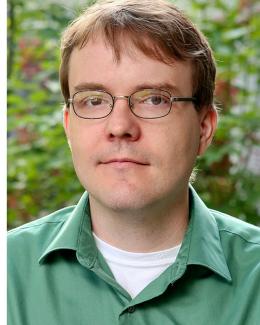Abstract
We report results of measurements on the evolution of the surface morphology of a hot tungsten surface due to impacting low-energy (80 – 12,000 eV) He ions and of simulations of damage caused by cumulative bombardment of 1 and 10 keV W self-atoms. The measurements were performed at the ORNL Multicharged Ion Research Facility (MIRF), while the simulations were done at the Kraken supercomputing facility of the University of Tennessee. At 1 keV, the simulations show strong defect-recombination effects that lead to a saturation of the total defect number after a few hundreds impacts, while sputtering leads to an imbalance of the vacancy and interstitial number. On the experimental side, surface morphology changes were investigated over a broad range of fluences for both virgin and pre-damaged W-targets. At the lowest accumulated fluences, small surface-grain features and near-surface He bubbles are observed. At the largest fluences, individual grain characteristics disappear in FIB/SEM scans, and the entire surface is covered by a multitude of near-surface bubbles with a broad range of sizes, and disordered whisker growth, while in top-down SEM imaging the surface is virtually indistinguishable from the nano-fuzz produced on linear plasma devices. These features are evident at progressively lower fluences as the He-ion energy is increased.





